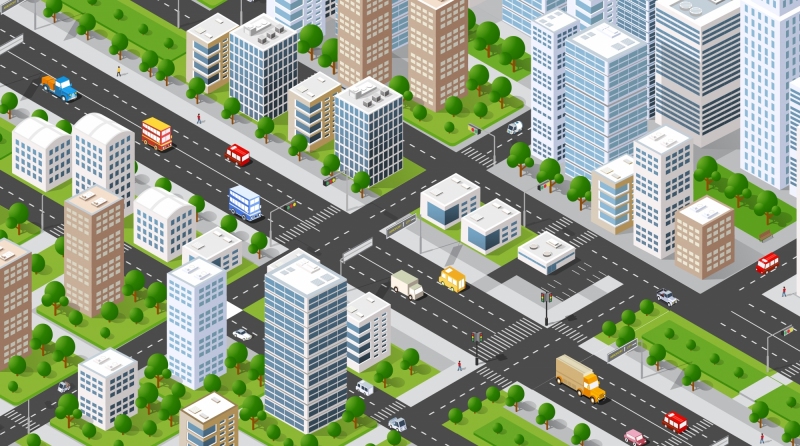Cities, streets, and buildings, among other elements have a lot to do with the general health of human beings and impact the way that people feel. Noise and luminous pollution affect individuals in the same manner that air pollution does. A lack of green spaces such as parks has physical and psychological effects. Therefore, urban planning and design moves beyond architecture and includes areas of mental and physical health. For example, urban life contributes to the development of respiratory problems, cardiovascular disease, obesity, and sedentarism. However, mental health problems including depression and anxiety are also illnesses associated with urban life.
Psychology and Architecture
According to Julian Varas, director of History and Culture of Architecture at Torcuato Di Tella University in Argentina, the passage between what is real and what is virtual is where the importance of design is based. Environmental psychology is a branch of psychology that has had a major impact in architecture since the middle of the twentieth century. Varas states that architecture is not a science but a creative discipline; therefore, it must balance the adaptation of hard scientific data and the challenge of design so that such work is not limited to reproducing what already exists. However, these challenges must also include the psychological aspects.
Hilda Jannet de la Rosa Maldonado, Psychologist in Architecture Design, suggests that psychology plays an important role in architecture, especially from a sensory perspective. Spaces are capable of transmitting emotions using curves, height, transparencies, lighting, and other elements. Additionally, spaces can promote the feeling of love or reduce stress but can also promote the opposite reaction. Therefore, because human beings are influenced by architecture, urban designers need to keep that in mind when designing a project.
Think Tanks
Organizations have been developed as a reaction to the growing need and demand to improve the design of cities. For example, the Centre for Urban Design and Mental Health (UD/MH) is a think tank that agrees with the idea that the environment, such as cities, affect the way that humans feel. Therefore, the think tank focuses on promoting better designs that improve the mental health of people living in cities. To do so, UD/MH reviews research in the field of architecture and mental health and identifies gaps in literature that researchers can address. Researchers often create surveys to obtain feedback that provide vital pieces of information regarding how the person felt in a specific environment that was designed to help them feel a particular way.
Environmental Graphic Design
The concept of architecture and urban design have led to the development of new areas such as environmental graphic design. This area brings together architecture, psychology, interior design, and graphic design to communicate ideas that create experiences connecting the human being to the environment. When people walk into a building, cross a street, or visit a museum, they experience the marriage of these disciplines that work synergistically to provide a rich cognitive experience that promotes a feeling of mental well-being.
Architectural graphic design firms like RSM Design seek the fundamental aspects needed to create an urban setting that caters to the unconscious needs of people. This objective is achieved by using data analysis so that all locations, from tourist destinations like Liberty Station in San Diego, to the core of a city like Dana, California, are not only efficient for navigation but also sensible to the mood of individuals experiencing the area.
The expectation of designers is that the positive mental state enhances the physical state, thus improving the lives of all individuals coexisting in an environment such as a city.
